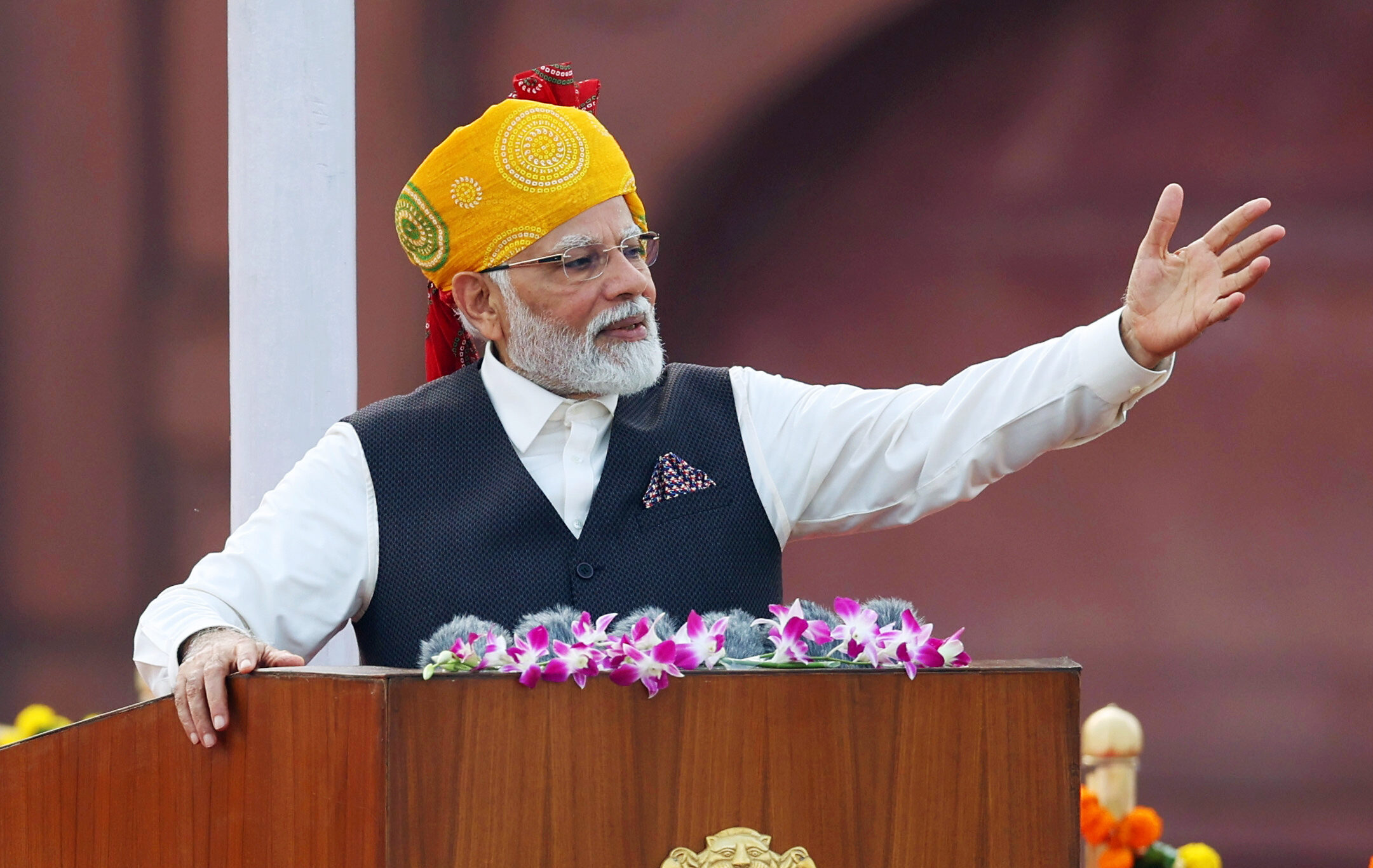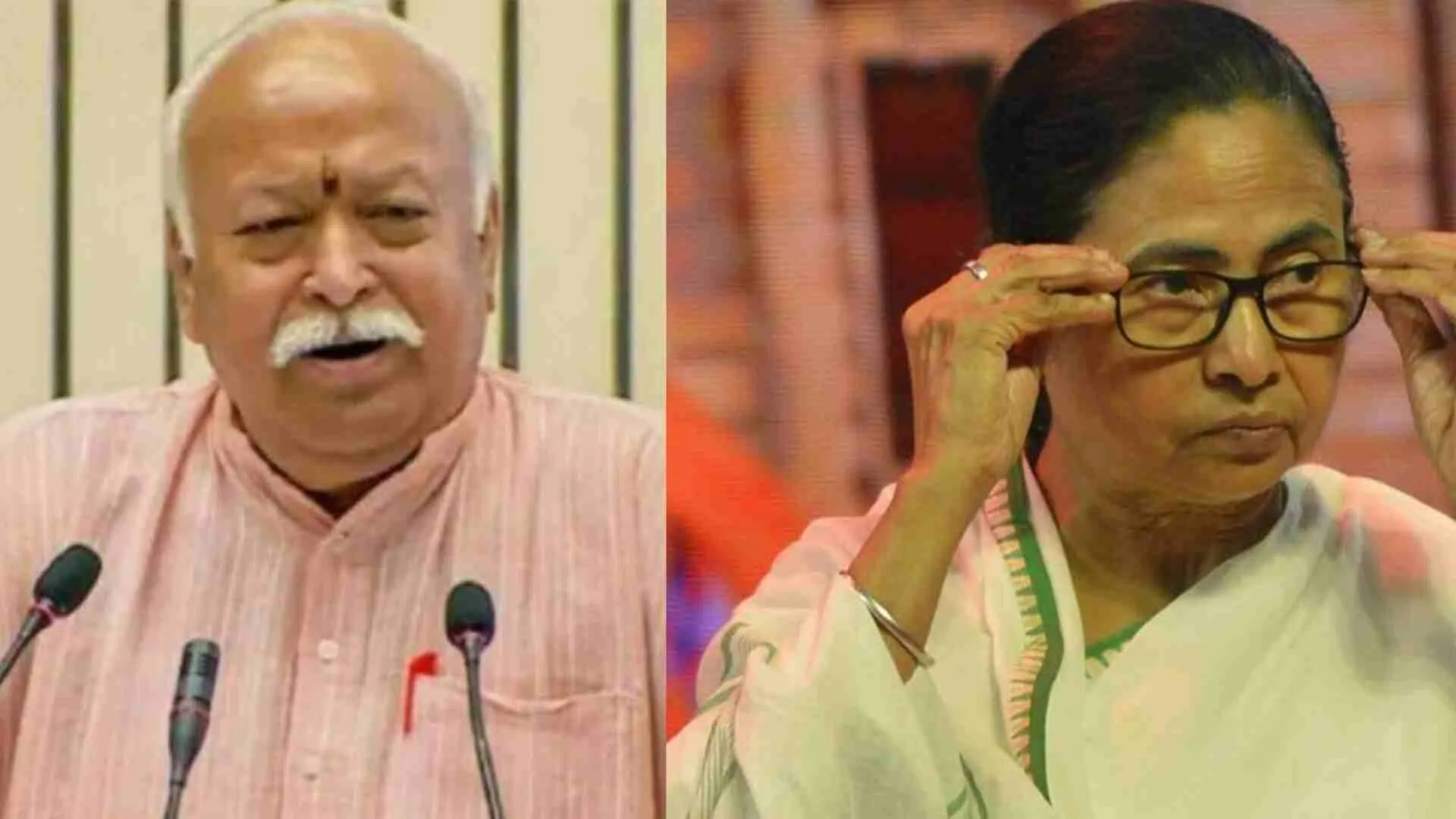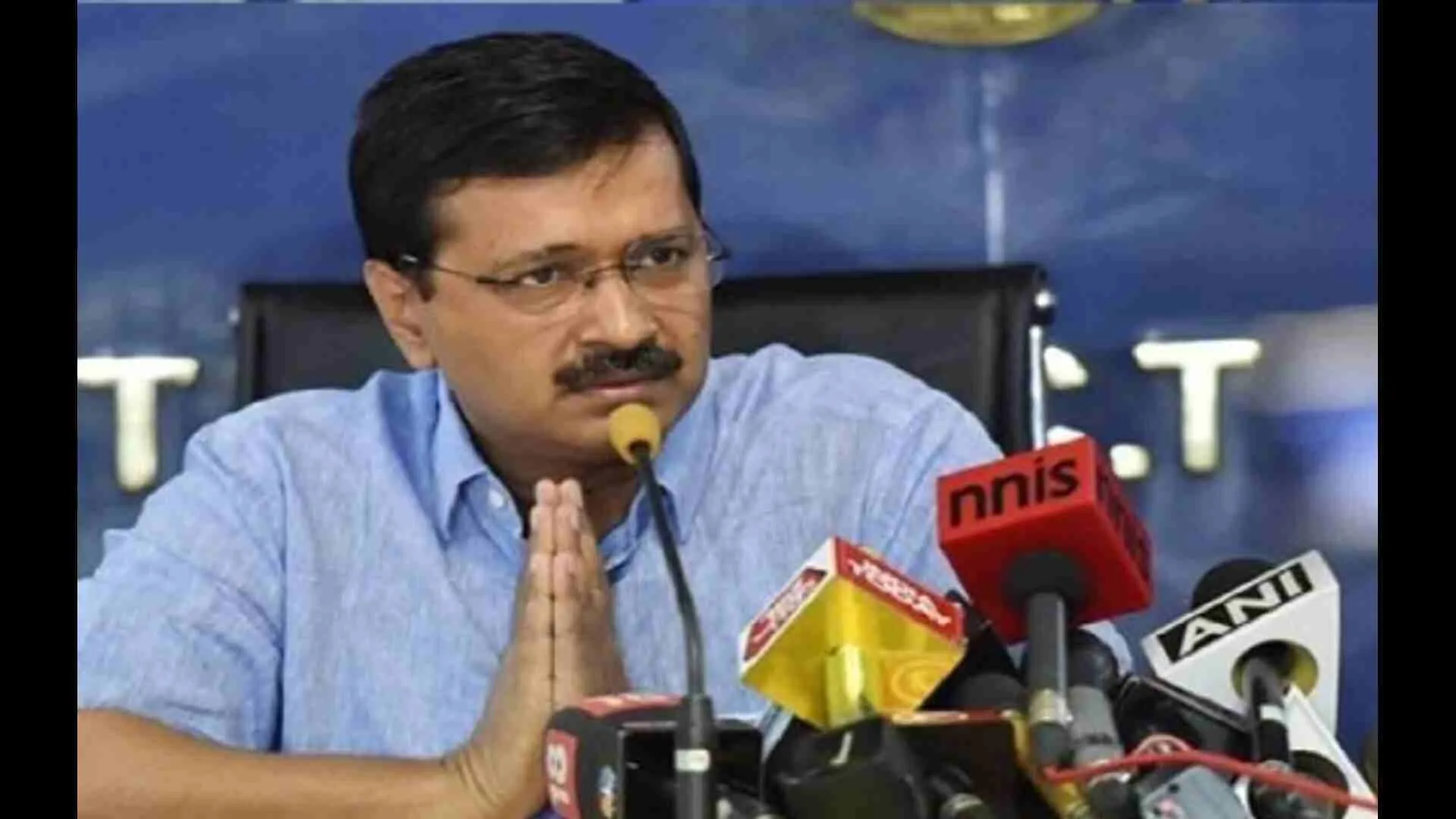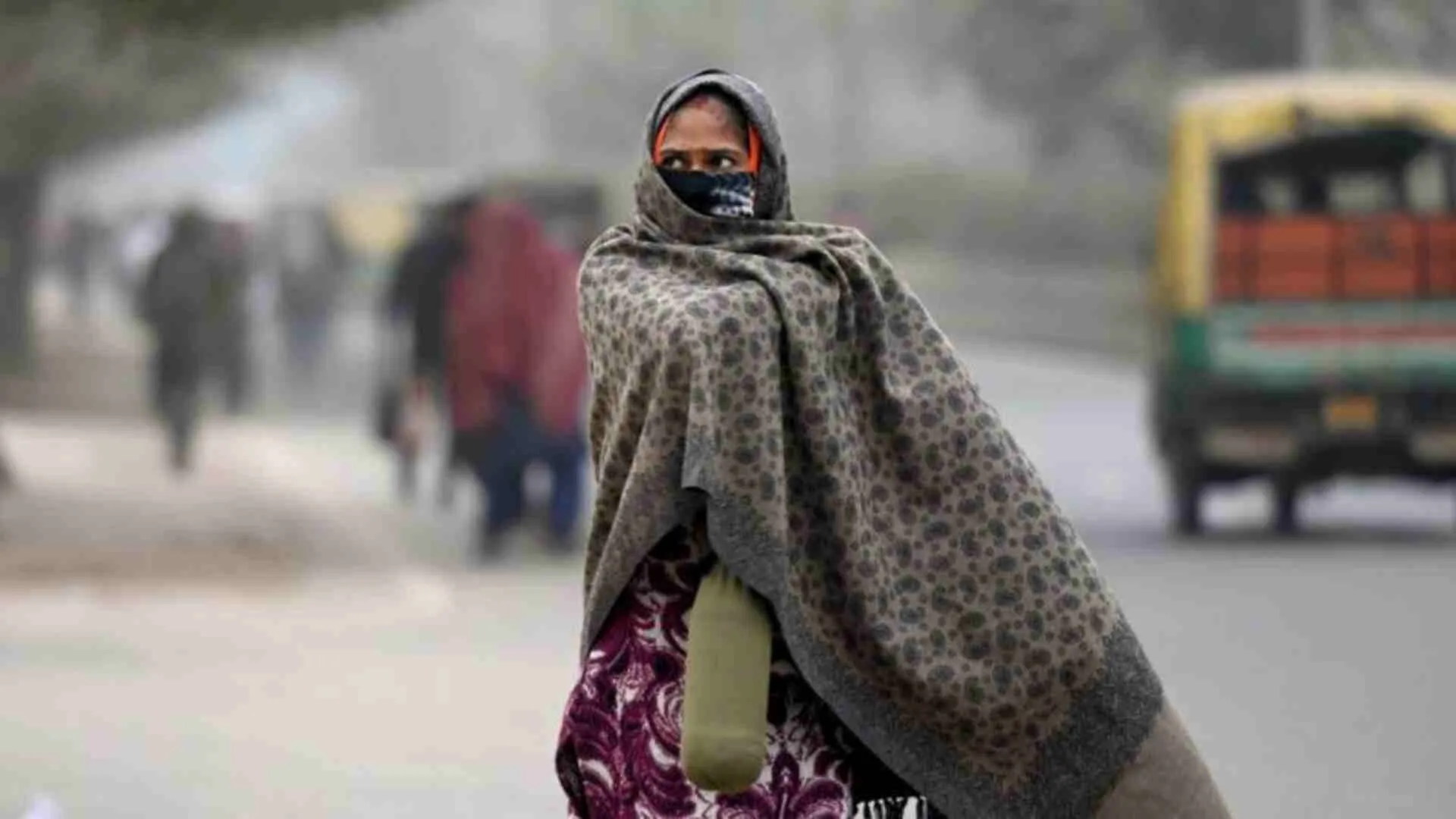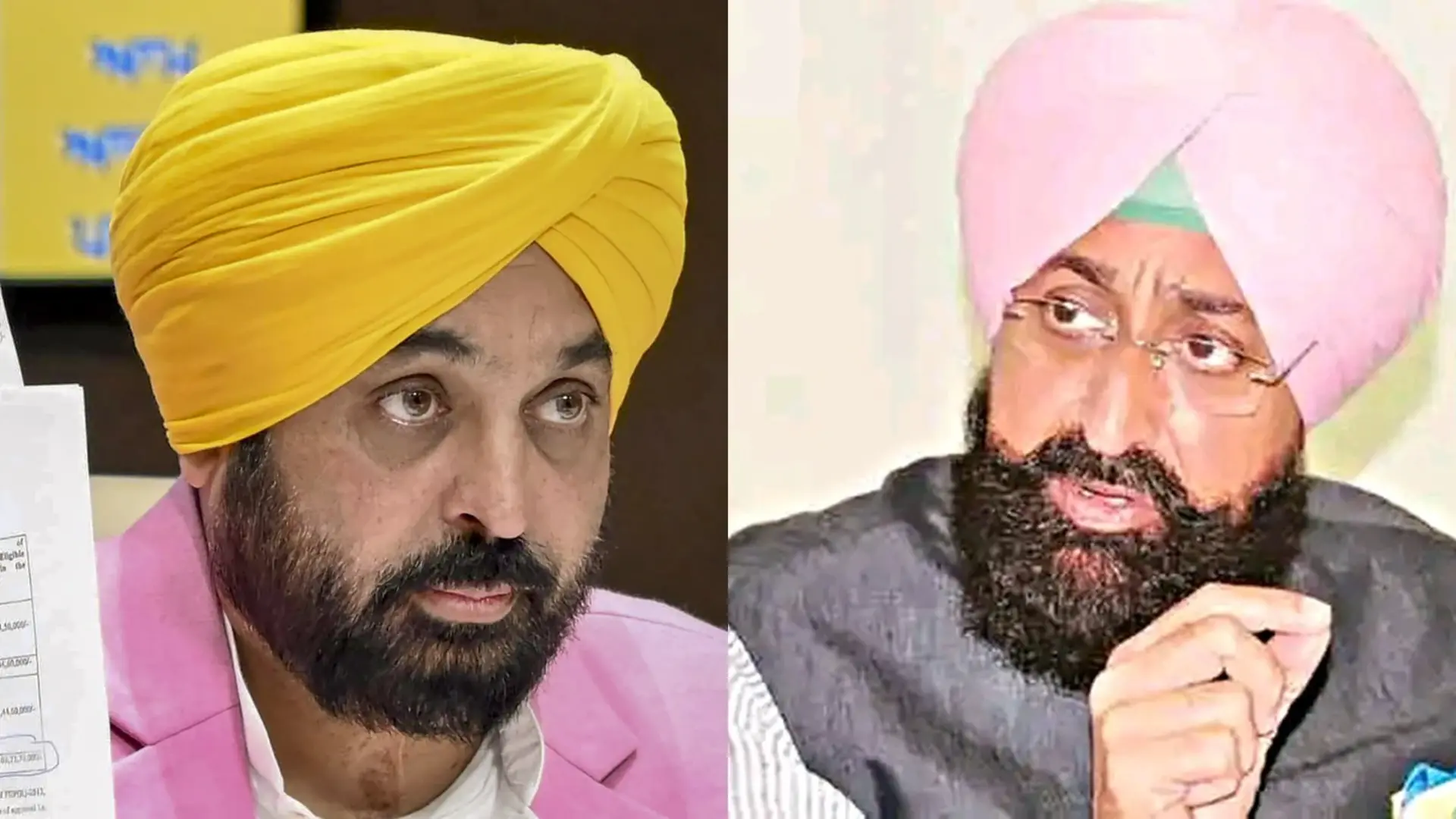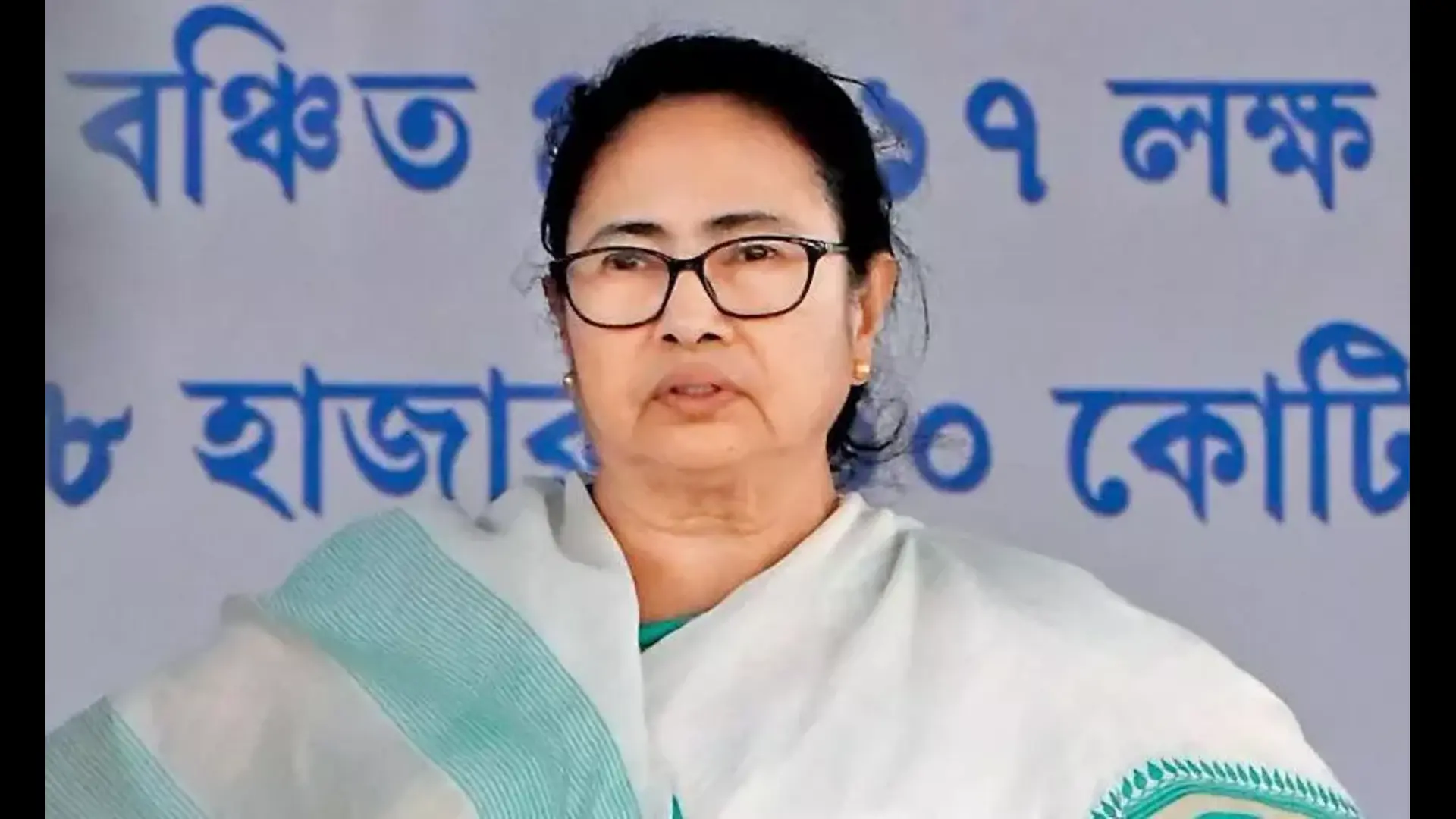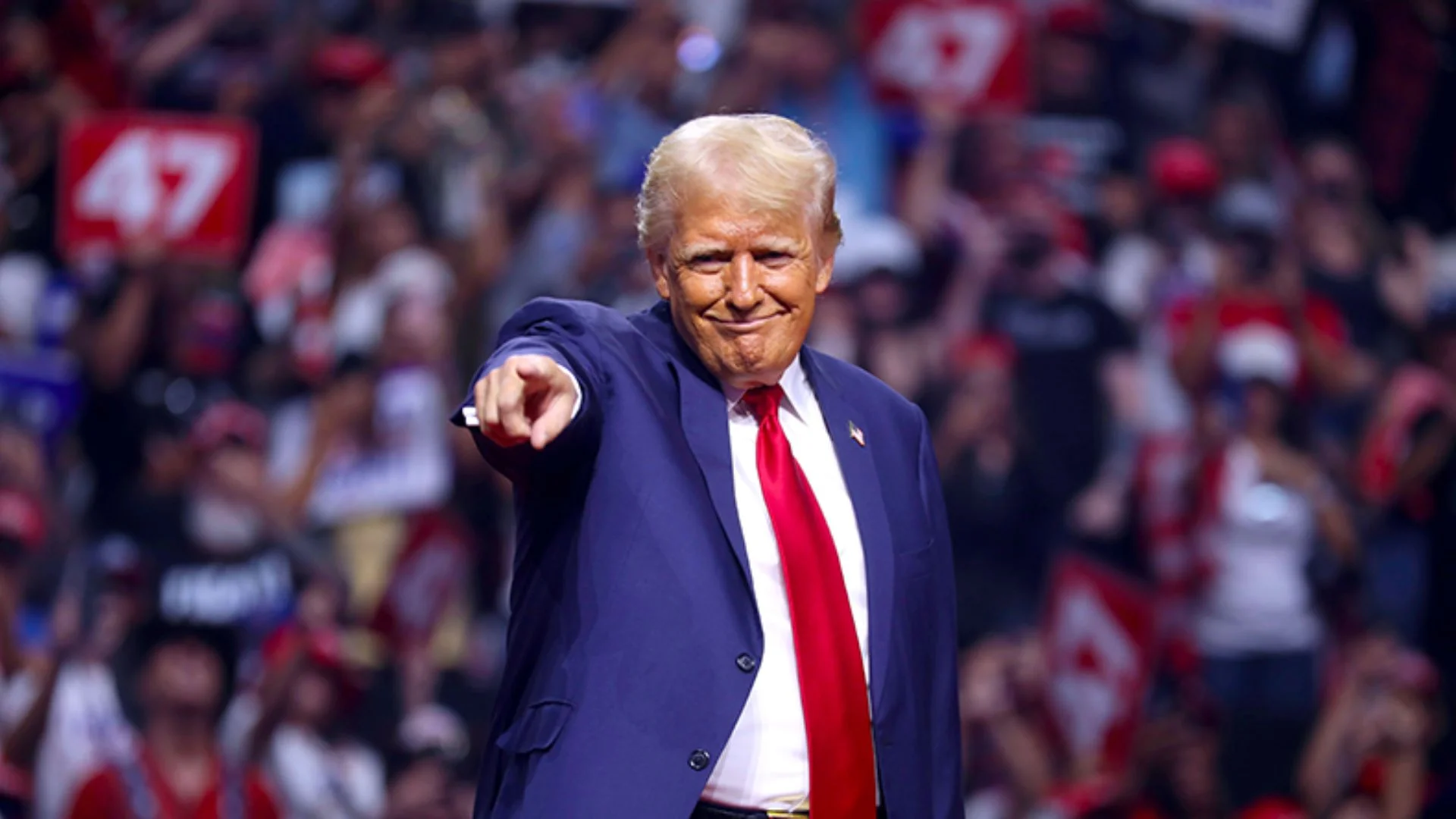On the occasion of 77th Independence Day from the ramparts of the historic Red Fort and keeping eyes on the impending 2024 Parliamentary polls in the country, Prime Minister Narendra Modi launched a volley of plans and one of them is Pradhan Mantri Vishwakarma Yojana (PM Vishwakarma Kaushal Samman Yojana – PM VIKAS). This scheme has been tailored for workers like carpenters, cobblers, washermen who are at the lowest level of the country’s economic structure. Later, the Union Cabinet approved the scheme.
This scheme is for 18 types of traditional workers to whom, the government will provide loan at only 5 percent interest rate. With the help of this scheme, more than 30 lakh workers will get a chance to move forward. In view of the general elections to be held next year, this scheme is being considered as a game changer for the Modi government.
What is Pradhan Mantri Vishwakarma Yojana?
The ‘PM Vishwakarma Yojana’ of the Central government is for such self-employed people who work with the help of traditional weapons without using machines. The government has included 18 types of workers like washermen, carpenters, barbers, blacksmiths in this. Rs 13,000 crore will be spent on this over a period of five years from the financial year 2023-24 to the financial year 2027-28 and 30 lakh traditional artisans will be benefited from it. There are two phases of this scheme, in the first phase, a loan of Rs 1 lakh will be provided to the workers at the rate of 5 percent. In the next phase, this amount will be increased to Rs 2 lakh.
Who will get the benefit of the scheme?
Explain that Finance Minister Nirmala Sitharaman had announced this scheme during the general budget presented on 1 February. Under this, not only financial help is to be given, but training, telling about modern technology and green technology, promotion of brands, connectivity with local and global markets, digital payments and social security are also included. 18 types of traditional workers have been included in this scheme. These included carpenters, boat builders, blacksmiths, hammer and tool makers, goldsmiths, potters, stone carvers, tanners, masons, carpets, broom and basket makers, washermen, tailors, fishing net makers, etc. Are.
When will Vishwakarma Yojana start?
The government has started preparations in full swing regarding this scheme to provide financial assistance to traditional workers at affordable rates. The Union Cabinet has approved this scheme on August 16 itself. The scheme will be launched next month on September 17 on the occasion of Vishwakarma Jayanti. Prime Minister Narendra Modi himself will launch this scheme in a special program on this occasion.
Loan of Rs 2 lakh in the second phase
The government has divided this scheme into two phases. After starting the business, when these workers need money to organize and expand the business, then a concessional loan of Rs 2 lakh will be provided in the second phase of this scheme. Under PM Vishwakarma Yojana, artisans and craftsmen will be given recognition by providing PM Vishwakarma certificate and identity card will also be given. Under this scheme, artisans will be provided incentives and market support in digital transactions.
500 stipend along with training
Skill development is also an important part of this scheme. Through this, skill development will be done for the workers who will enhance the skill works under the Guru-disciple tradition. Along with this, they will be helped in providing credit facility and market access to increase their business.
Mandal commission and politics in india
Mandal politics refers to a political movement that emerged in the 1980s, advocating for the inclusion of socially and economically disadvantaged communities, particularly the Other Backward Classes (OBCs), in government jobs and educational institutions.
It is a fallout of the Mandal Commission or the second Socially and Educationally Backward Classes Commission, established in India in 1979 with a mandate to “identify the socially or educationally backward classes” of India.
It was headed by B. P. Mandal and submitted its report in 1980 and was implemented in 1990.
The Commission reported that 52% of the country’s population was comprised of OBCs. Initially, the commission argued that the percentage of reservations in government service should match this percentage.
However, this would have gone against the Supreme Court ruling in M.R. Balaji vs State of Mysore case (1963) which had laid down a limit of 50% on. There was already a 22.5% reservation for SCs and STs.
Therefore, the figure of reservation for OBCs was capped at 27% which when added to keep the reservation below the 50% mark.
The Commission also identified backward classes among non-Hindus.

